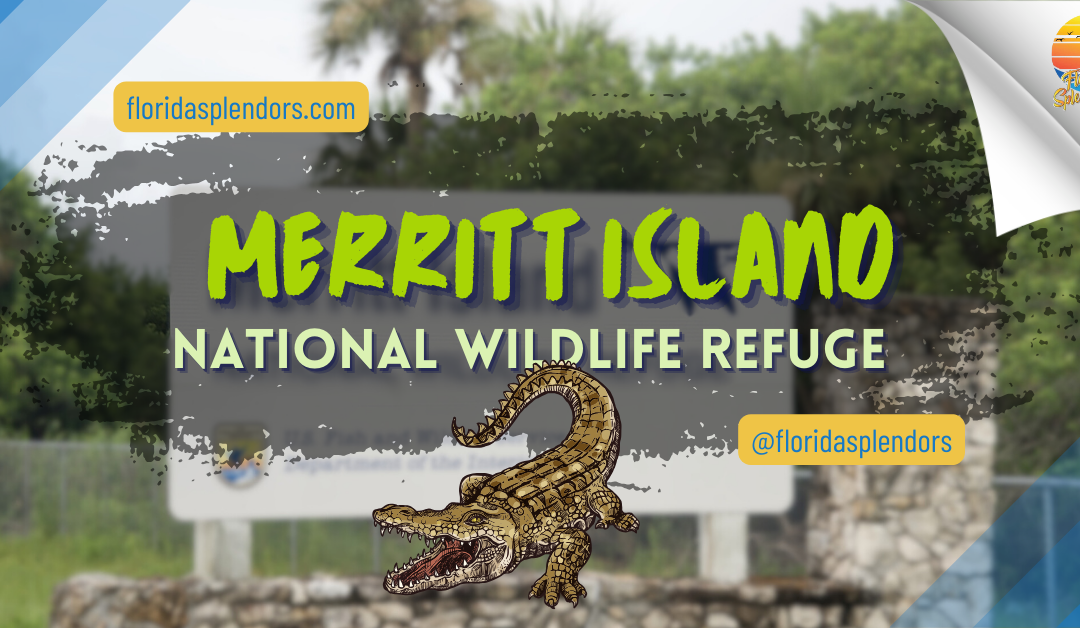==================
Florida Splendors is supported by our audience. When you purchase through one of our links, we may earn a small affiliate commission. As an Amazon Associate I earn from qualifying purchases. Your cost is not affected.
Merritt Island National Wildlife Refuge allows you to relish the essence of what Florida was like before the existence of modern buildings, giant billboards, and even electricity! It’s a haven for nature enthusiasts, offering short trail, access to national wildlife refuges, and the opportunity to use your national parks pass. This refuge provides both recreational and educational opportunities for those whole love nature, making it an ideal escape during the end of winter months. Explore the wide diversity of ecosystems from the north end to the south side, immersing yourself in the daily life of the refuge’s inhabitants, and other wildlife. Experience the wide diversity of flora and fauna as you engage with the refuge’s unique charm and natural beauty.

Unveiling Merritt Island’s Natural Wonders: Wildlife and Scenic Trails
Florida is home to an extensive array of wildlife, boasting as many as 29 wildlife refuges, the third-most in the US, behind only California and North Dakota. Among those 29 Florida’s wildlife refuges, Merritt Island National Wildlife Refuge is among the most remarkable preserves.
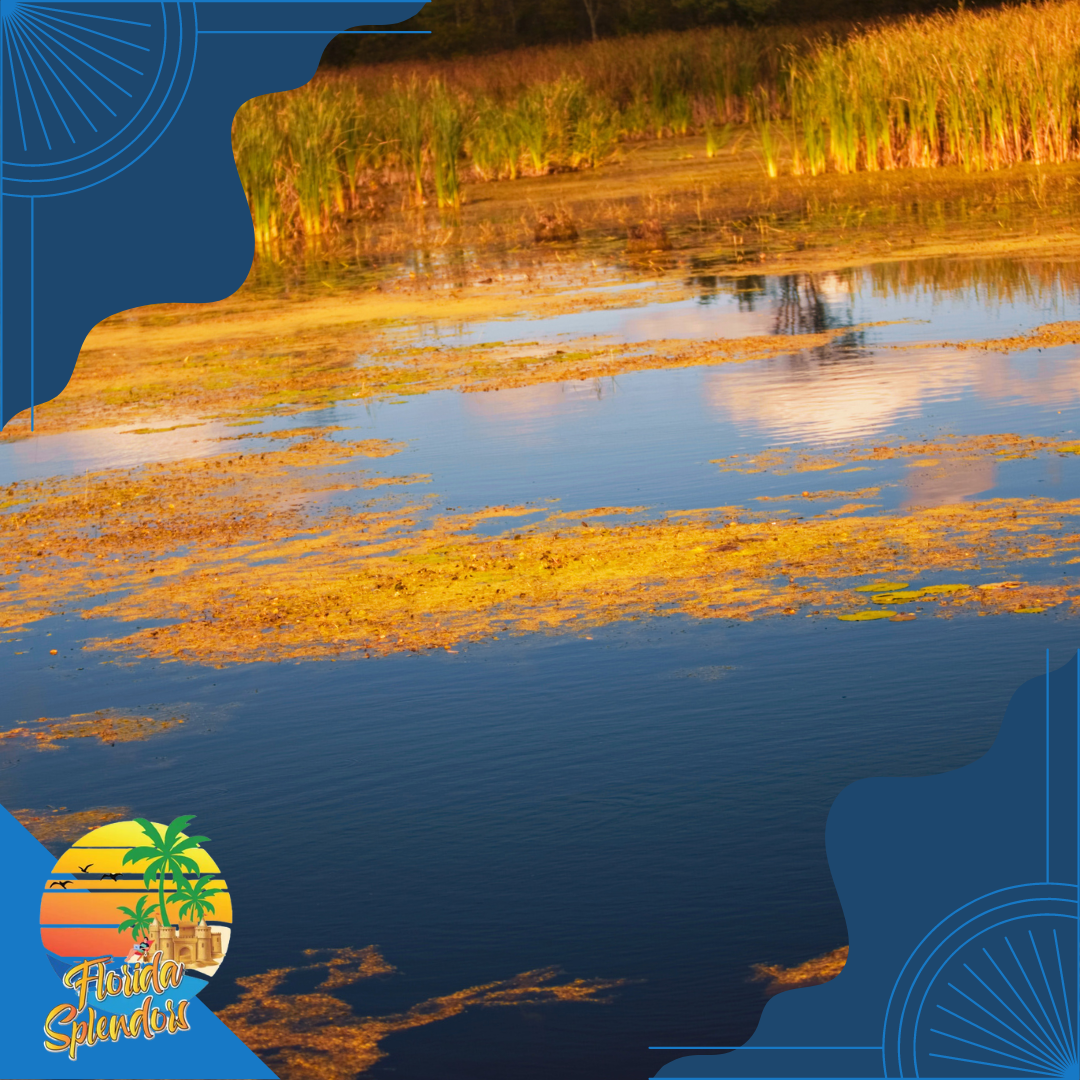
Located east of Titusville and Black Point Drive, the natural preserve occupies more than 140,000 acres (about 220 sq. miles). In addition, it is also home to more than 300 species of wild birds and an array of fascinating wildlife.

Merritt Island National Wildlife Refuge
1987 Scrub Jay Way, 32782 Titusville, Florida
Merritt Island National Wildlife Refuge, spanning over 140,000 acres of land, water, and marshes, is located on the Atlantic Coast of Florida’s barrier island. The refuge is also home to NASA’s Kennedy Space Center and visitor complex. In addition to America’s first space program, the national wildlife refuge also houses more than 1,000 species of plants, over 300 species of wild birds, 117 species of fish, 31 mammal species, and more.

Merritt Island National Wildlife Refuge
Located east of Titusville on Merritt Island in Brevard County, the north of the refuge is bordered by the Canaveral National Seashore. While to the south, it encompasses public-restricted portions of the Kennedy Space Center. Visitors can also explore Mosquito Lagoon and the Indian River as they run through the refuge.
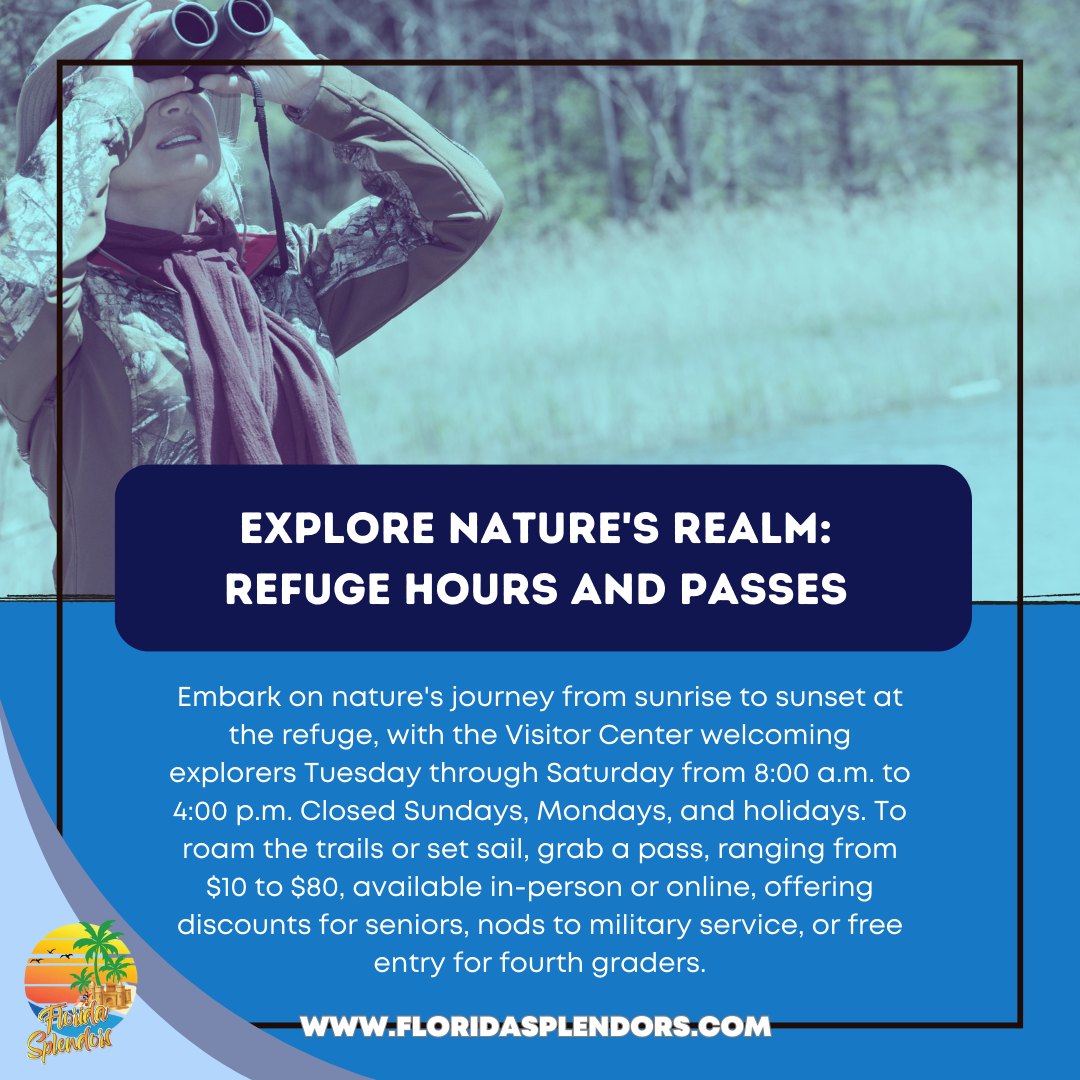
History of Merritt Island National Wildlife Refuge
Merritt Island National Wildlife Refuge was created as an afterthought, as the area was initially reserved for the Kennedy Space Center. During the establishment of the space center, the authorities built a launch complex and other facilities on the land. However, most of the land was still unused even after completing the space center development.

Rockets on Display at the Kennedy Space Center
In 1963, US Fish and Wildlife Services came up with an agreement to build a wildlife refuge. Additionally, in 1975, another agreement was signed to establish Canaveral National Seashore. Today, the Department of Interior manages a large unused portion of the Kennedy Space Center as a Wildlife Refuge.
Visiting Merritt Island National Wildlife Refuge
Conveniently situated on Florida’s Atlantic Coast, the national wildlife Refuge is easily accessible to visitors and millions of residents. A short drive makes an exciting day trip from Orlando and Daytona Beach. For those looking for a weekend getaway, it is about a two-three hour drive from Tampa.
Merritt Island National Wildlife Refuge is a perfect destination for birdwatchers, whereas those with a casual interest in birds will find tons of excitement. The wetlands see a vast range of colorful wild birds, especially in winter. In addition, there is Seminole Rest, which is a historic spot that history enthusiasts will love to explore.
Moreover, the national wildlife refuge is a must-visit destination for nature lovers with limited mobility. For instance, Black Point Wildlife Drive offers the best birding for those with limited mobility. In addition, a quarter-mile gorgeous boardwalk behind the visitor center lets visitors breathe in the fresh air and interact with nature.
Best Time to Visit Merritt Island National Wildlife Refuge
The ideal season to visit Merritt Island National Wildlife Refuge is October to March. It’s the peak season for wildlife, and the weather will be comfortable. It is worth mentioning that Merritt Island is bordered by the body of water of Mosquito Lagoon, and in summer, you’ll find out why.
Moreover, when planning your visit, try to arrive early in the morning, as it’s the perfect time to beat the crowds and have more opportunities to view wildlife.
Things to See and Do at Merritt Island National Wildlife Refuge
Enjoying the Mesmerizing Black Point Wildlife Drive
The 7.7-mile-long Black Point Wildlife Drive is a one-way single dirt road. It runs along the water areas of the refuge. If you are there in winter, you may see it full of cars, slowly moving cars, allowing visitors to get up close to the wildlife. In addition to enjoying views while driving, you can also get out of your vehicle to see fascinating bird species in the wetlands. However, walking or biking is not allowed due to heavy traffic.

Black Point Drive
Moreover, if this is your first visit, you can get a self-guided tour brochure from the drive entrance, which costs $10. The booklet also allows visitors to explore many accessible refuge areas, including boat ramps.
Again, the best time to venture out is early morning or at least within an hour of sunrise. There will be fewer crowds, less noise, and many opportunities to view incredible wildlife.
In addition, while visitors can stop at any point along the drive, it has two parking lots and walks. Stop No.4 is known as the “Bird Trail” for excellent bird views. Similarly, Stop No.9 has a 5-mile loop trailhead for the Allan D. Cruickshank Trail and a tower for wetland views.
Scenic Hiking Trails
Apart from the 5-mile Cruickshank Trail, other trails in the Merritt Island National Wildlife Refuge are short and easy. One-mile looping Scrub Ridge is a beautiful trail home to charming Scrub Jays. These bird species are designated as threatened in Florida due to their rare and disappearing habitat.
Moreover, Florida Scrub Jay is one of the most friendly bird species. During our visit, we had the opportunity to witness a couple of charismatic vivid bluebirds landing a few feet away from us. As we were preparing to take photography, they hopped ever closer. Scrub Jay Ridge Trail at Merritt Island is a beautiful spot to see Florida scrub jays. In addition, we were also lucky enough to spot a giant gopher tortoise and a snuffling armadillo.

Oak Hammock Trail
Oak Hammock Trail at National Wildlife Refuge entices visitors to venture on a calming walk in the woods through thickets of ferns under the shade of live oaks. The trail offers an easy outline to one of the most charming habitats, “the hammock” at the island’s north tip.
Moreover, this 0.7-mile interpretive trail loop offers a beautiful boardwalk and allows visitors to spot dozens of armadillos roaming around.
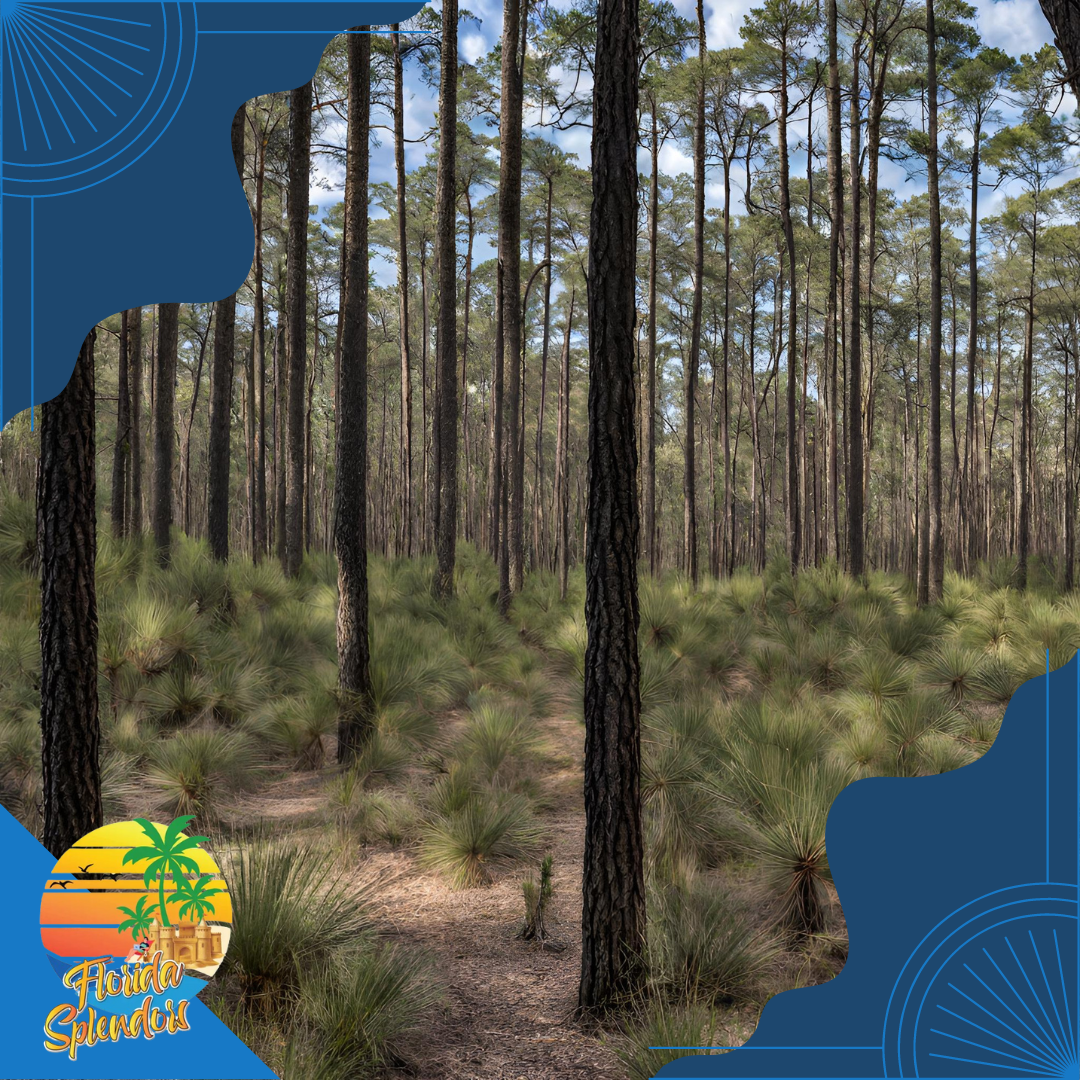
The Pine Flatwoods Trail
The Pine Flatwoods Trail offers visitors an opportunity to explore its fascinating history and incredible nature through it. You will be meandering along the trail in search of vivid blue violets or patches of carnivorous small bluish butterworts.

Scenic Hikes at Merritt Island
Moreover, looking up into the tall, long-leaf pines may show you a glimpse of a red-headed woodpecker. In addition, you may also love to please your eyes when listening to the staccato-like tune “Klee-Klee-Klee” of a Southeastern American Kestrel.
Furthermore, head to Fort King Road if you are willing to exchange nature for history. Here you will find a replica log breastwork and trail pointers revealing the 1835 Seminole Indian war against the US. In addition, history enthusiasts may also love to wander back to the ancient oak tree to witness a majestic 250 years old live oak standing tall.
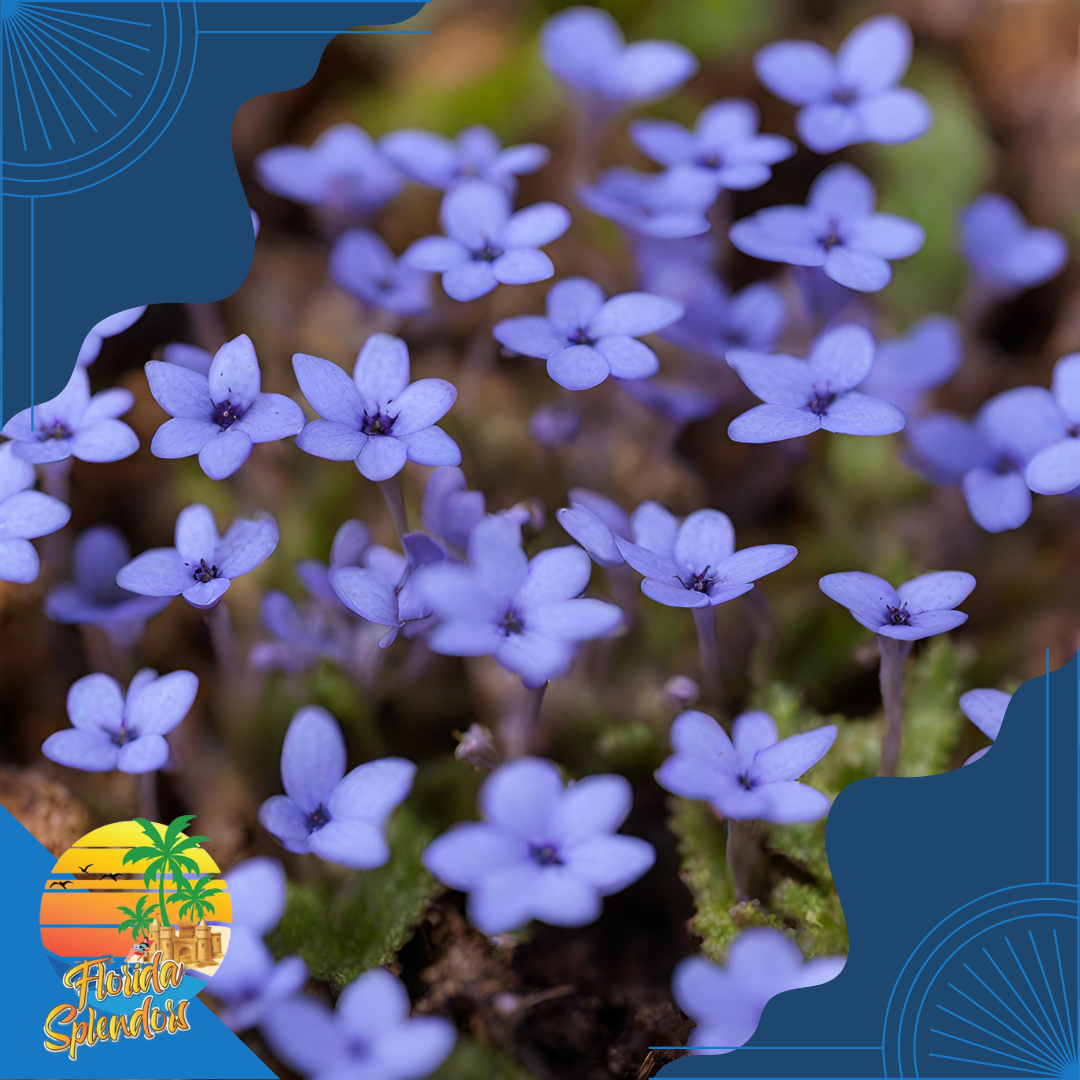
Visit the Historic Seminole Rest Site
Although Seminole Rest is not a part of the Merritt Island National Wildlife Refuge and lies entirely outside the Canaveral National Seashore, it is a lovely place to explore. Located on the Mosquito Lagoon’s western shore, at 210 River Road, the authorities acquired the site after establishing National Seashore.
While Seminole Rest is open to the public from sunrise to sunset, the Instone House has specific opening times. So, you may want to check the latest schedule from their website before making your travel plans.
The most notable features of Seminole Rest include the home of the Hatton Tumor family and a guest cottage – the Caretaker’s House.
Enjoy a Clear Kayak Tour
Kayaking at Merritt Island National Wildlife Refuge is a popular activity. You will love clear kayak tours floating you through the picturesque wildlife refuge. In addition, these kayak tours are also perfect for getting up-close glimpses of manatees, dolphins, colorful wild birds, and other forms of wildlife. In fact, kayaking at Merritt Island is a leisurely paddle that offers charming opportunities to witness undistributed nature and fascinating Florida wildlife.
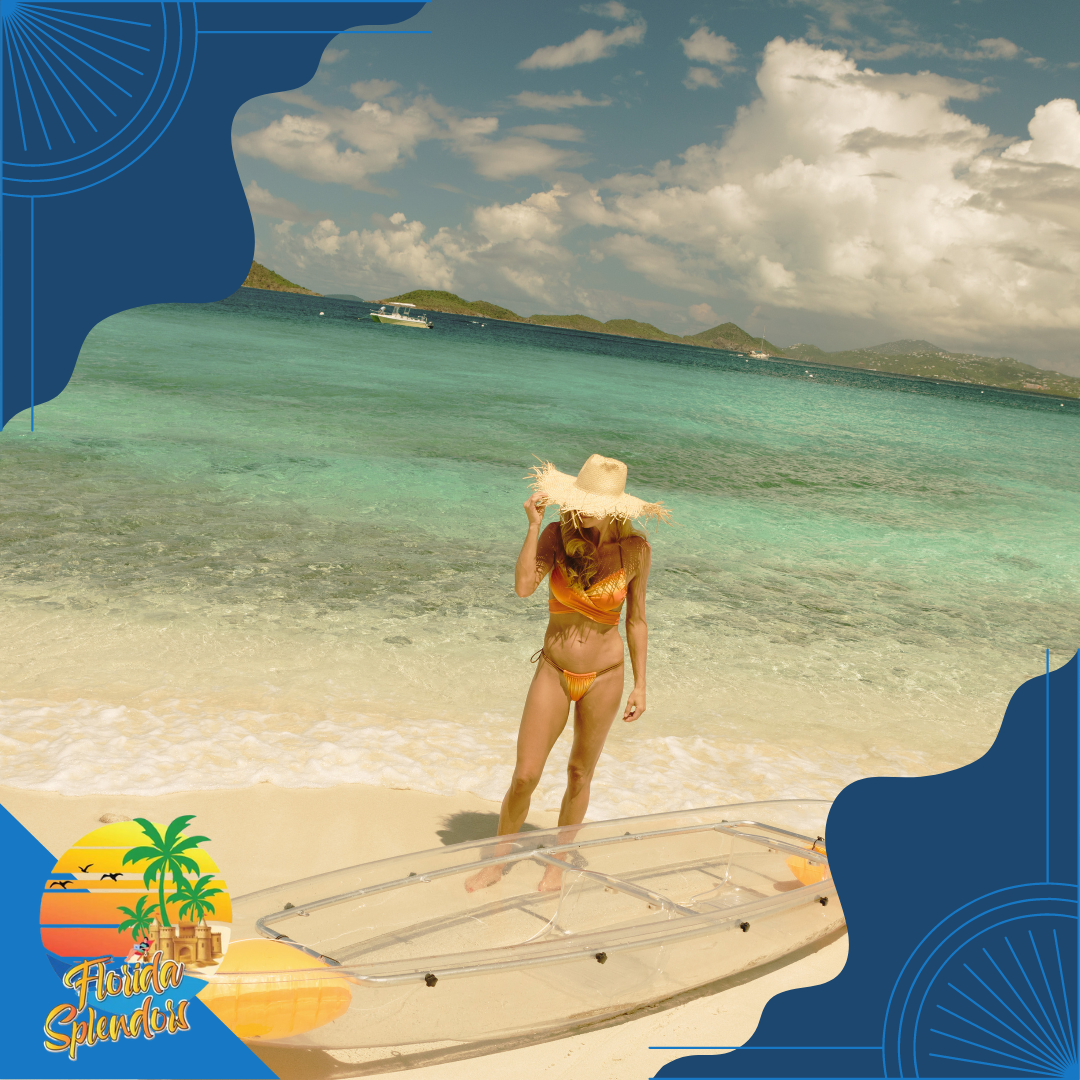
Indian River Lagoon
Located with the national wildlife refuge, Indian River Lagoon is home to an extended range of incredible wildlife. Due to its distinctive geographical position, temperate and tropical ecosystems thrive here. The shallow 156-mile estuary is home to extensive fish species, marine mammals, and birds that rely on immense grasslands and mangroves.

Tricolor Herone at Merritt Island National Wildlife Refuge
You can pick your favorite fishing venue from mangrove shorelines to sand potholes and channel edges. In addition to fishing opportunities, kayak anglers can camp on designated islands featuring grills and picnic tables.
Enjoy Bioluminescent Kayak Tours
The Indian River Lagoon water contains high salt, making it ideal for dinoflagellates that emit natural light (bioluminescence) for protection. Natural light (bioluminescence) is a result emitted by a living organism.
Bioluminescent kayak tours in IRL at Merritt Island National Wildlife Refuge will let you witness water lighting up as luminous sea word surrounds your kayak. These tours are also known as “the best vacation activities to do in Florida.
Camp at Manatee Hammock County Park
Visitors with multi-day Merritt Island trip plans can camp at Manatee Hammock County Park. Spanning over 27 acres, it is a shady campground where you can tent or enjoy RV camping. However, remember that it is usually packed, mainly due to the Kennedy Space Center.
There’s a fishing pier and an excellent view of rocket launches. In addition, you will also have the chance to explore Disney World and Universal Studios, located just an hour from the park.
Moreover, camping at the Manatee Hammock County Park costs $26 per night. Of its 186 RV sites, 166 are equipped with electric and sewer hookups, hot showers, and restrooms.
What To Know Before You Go
- The national wildlife refuge is open daily to the public from sunrise to sunset.
- There is no cost to visit the island except a $10 pass for Black Point Drive and $20 to explore the best beaches on the East Coast of Florida of the Canaveral National Seashore.
- October through March is the perfect season to plan your trip, whereas early morning or late afternoon is the best time to see wildlife.
- Visitors can bring kayaks, boats, canoes, and paddleboards, and launch from multiple spots.
- The refuge offers free maps, so remember to get one for planning your itinerary.
Video Credits: @helgechristiansen4996
Unveiling Nature’s Wonder and Breathtaking Views
Merritt Island National Wildlife Refuge offers an enthralling nature experience. We have yet to see as many colorful bird species as we did during our hikes around the refuge. It is a perfect spot for visitors of all ages and abilities, as everyone can enjoy beautiful walks, nature hikes, picturesque drives, etc. Experience the enchanting spectacle of where to see bioluminescence in Florida by visiting places like Mosquito Lagoon, Merritt Island National Wildlife Refuge, or Haulover Canal.
Frequently Asked Questions
What's Inside
- What Is Merritt Island National Wildlife Refuge (MINWR)?
- What Kind of Wildlife Can Be Found at Merritt Island National Wildlife Refuge?
- Are There Recreational Activities Available at Merritt Island National Wildlife Refuge?
- How Can I Access Merritt Island National Wildlife Refuge?
- Is There an Entrance Fee to Merritt Island National Wildlife Refuge?
What Is Merritt Island National Wildlife Refuge (MINWR)?
Merritt Island National Wildlife Refuge is a protected area located on the east coast of Florida, USA. It spans over 140,000 acres and is renowned for its diverse ecosystems, including marshes, coastal dunes, and hardwood hammocks. Established in 1963, the refuge serves as a crucial habitat for various species of wildlife.
What Kind of Wildlife Can Be Found at Merritt Island National Wildlife Refuge?
MINWR is home to a rich variety of wildlife, including migratory birds, manatees, alligators, and numerous fish species. It’s particularly famous for being a prime destination for birdwatching, with over 330 bird species documented, including the iconic bald eagle, wading birds, and waterfowl.
Are There Recreational Activities Available at Merritt Island National Wildlife Refuge?
Yes, MINWR offers a range of recreational activities for visitors. Birdwatching, wildlife photography, hiking, and fishing are popular pursuits. Additionally, there are designated areas for boating and paddling. The refuge also features the Black Point Wildlife Drive, a scenic route providing excellent opportunities to observe wildlife in their natural habitat.
How Can I Access Merritt Island National Wildlife Refuge?
The refuge is accessible by car, and its main entrance is located off State Road 402. There is an information center near the entrance, providing maps and details about the area. Visitors can also explore the refuge via the aforementioned Black Point Wildlife Drive or by participating in guided tours offered by the refuge.
Is There an Entrance Fee to Merritt Island National Wildlife Refuge?
As of my last knowledge update in January 2022, there was no entrance fee to access Merritt Island National Wildlife Refuge. However, it’s advisable to check with the official refuge website or contact the visitor center for the latest information, as policies and fees may change over time.
Stay In the Loop: Follow Florida Splendors on Social Media Today!
Embark on a digital journey through the enchanting landscapes of the Sunshine State! Join the Florida Splendors community on our social media channels to dive into a great place with breathtaking beauty, vibrant cultures, and unforgettable experiences.
Your daily dose of splendor awaits—see you on the flip side of every sunset!

